PATTERN REVIEW: FS Riva Shorts in Gorgeous Black Linen
I’ve never been a big fan of summer: I cannot stand the heat, the humidity is unbearable, but most importantly, I can’t comfortably wear my favourite clothes for a few months of the year. Much to my great displeasure, one can’t really wear layers upon layers of wool in Turkish summers. I also have a complicated history with wearing summery garments, I’ve never felt at home wearing a pair of shorts… until now!
These black linen RIVA shorts might have just single handedly converted me into a person who can actually enjoy summer dressing. They have that classic, high waisted and pleated silhouette that I so love in bottoms, and their wide legs offer the best ventilation one could ask for. I love how graphic and architectural they look, especially in this black linen. These are truly the perfect blend of classic & tailored with easy and relaxed.
I made them in the stunning Midweight linen in the colour Black, which was the perfect match for this pattern. This linen has a beautiful tight weave and it feels silky smooth to the touch. It pressed like a dream, which made sewing these shorts an absolute pleasure. I also found that it’s quite wrinkle-resistant (as wrinkle-resistant as linen can be) so the shorts still look great at the end of the day.
My measurements (W:23”/58 cm, H:33”/ 84 cm) placed me somewhere a couple of sizes down from the smallest size available, so I had to do a bit of grading to get this pattern to fit me. I simply took out some volume from the centre of the front and back pattern pieces in order to maintain the lovely details of the pattern while making it smaller. I also made the back welt pockets a little wider to make them more functional, omitted the buttonhole loops, and lowered the placement of the back pockets to suit my body better.
This pattern is full of small, interesting details: the back of the waistband has a really interesting split detail, the double welt pockets on the back truly elevate the whole piece, and the deep hem allowances provide the hems with a bit of extra weight and structure which gives them the coolest shape. I constantly talk about how details are what makes a pair of trousers (or in this case – shorts!) so it was so nice to get lost in making this pair of detailed, interesting shorts. The only part I found a bit challenging to sew was the split in the back of the waistband but I’m excited to make it sharper on my next try – which there is bound to be one!
They work so well with the rest of my wardrobe, I can’t wait to style them in all sorts of ways this summer! I already tried pairing them with my oversized linen shirts, plain white tees, and even wore them out with a wool sweater to deal with the strange, temperamental weather we are having here in Turkey. They are one of the most versatile, easy to wear pieces in my collection of garments and I can’t wait to see what other ways I can style them! To the wonderful designer of these shorts: Consider this my formal thank you letter for making me excited for the summer for once <3





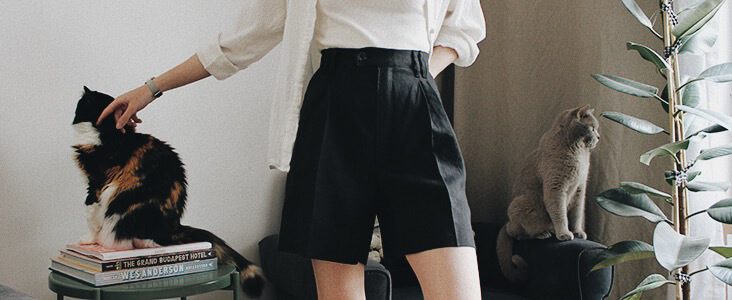
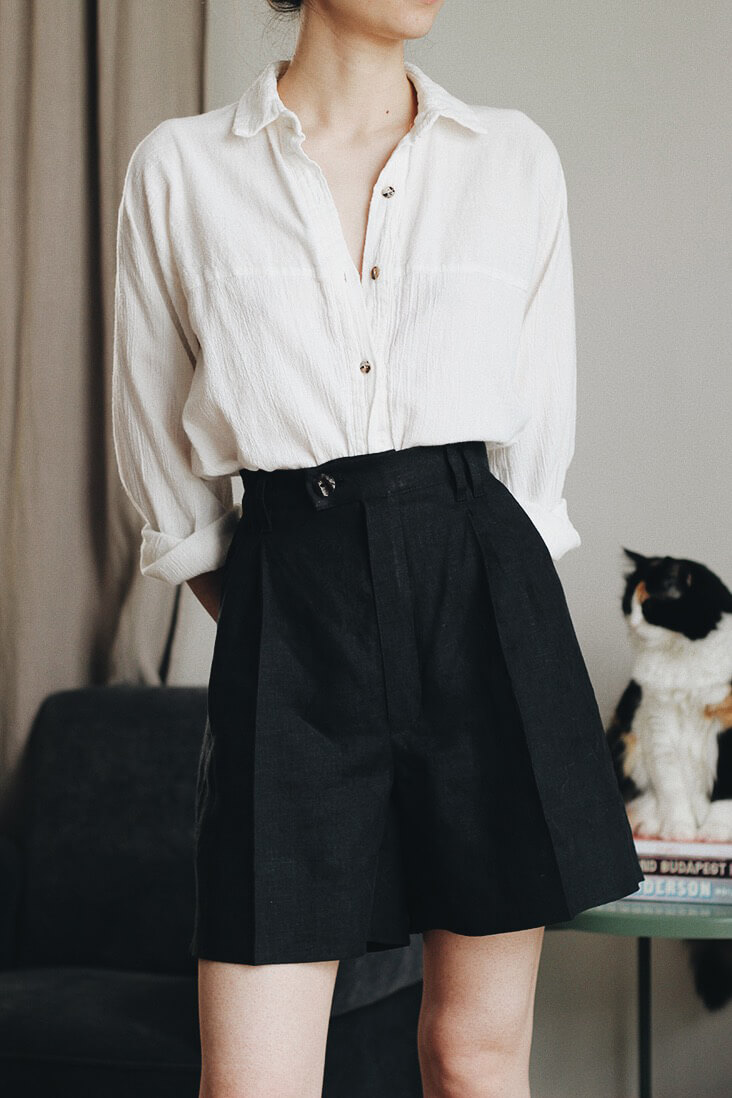
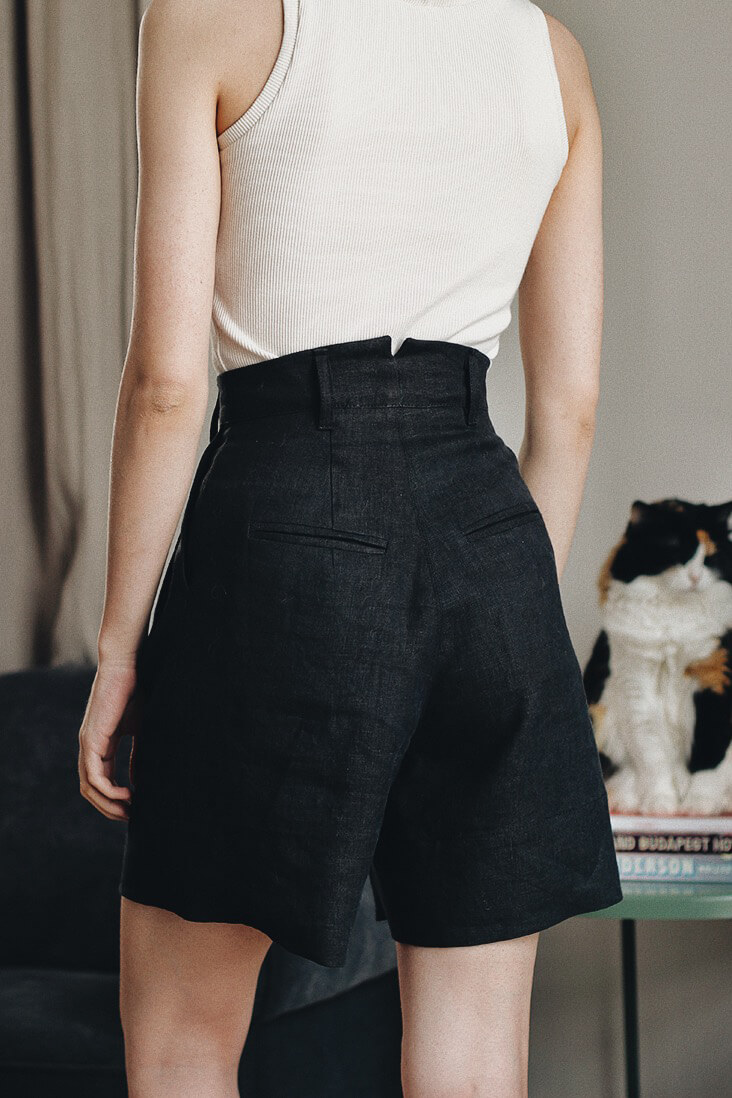
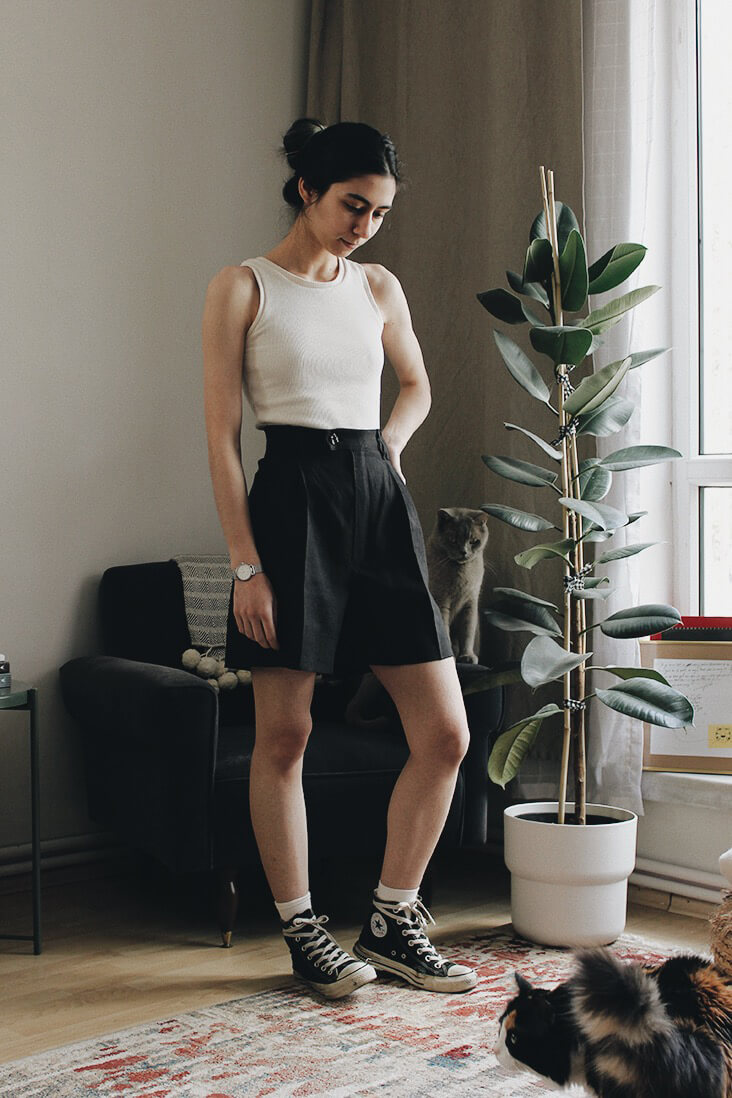



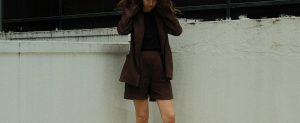













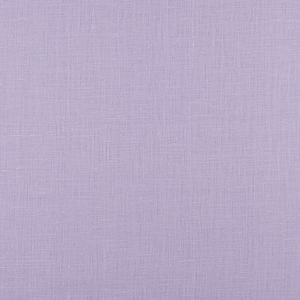


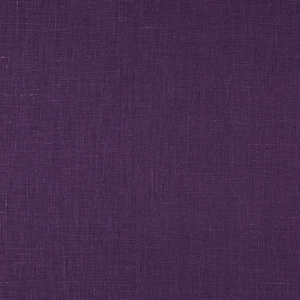
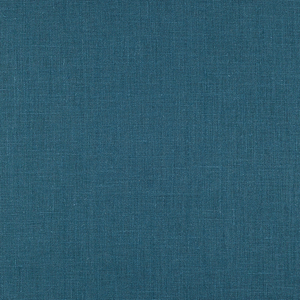


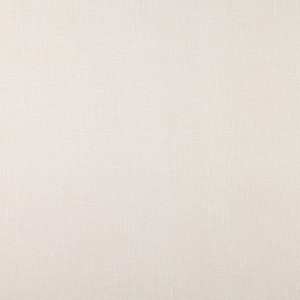


















9 Comments
Alisha Cooke
So beautiful! I still love my bright juniper green Riva Linen Shorts and this June it will be two years since I made them. Lovely article Nisan.
Dawn Williams
I love the look on you and you did a great job sewing these!
Kate Renwick
Lovely, you really suit these shorts.
One comment tho. So many people seem to have to alter and adjust their patterns that I’m wondering why? Are the patterns just too big? I wonder what other people think.
Dawn Williams
I’m petite, 5’2” and find all the patterns, even the smallest, extremely long….like on the pants I have to adjust the length by as much as 8”. Other pattern makers offer sizes based on height also, so I think petite patterns would offer us small people an option. Other than that, I love the patterns and the details in them, I just wish they were sized better. I guess there are people who are a size two and are six feet tall, but not that many.
Rebecca Klaus
I think the pattern makers try to aim for the most common body type (whatever that is), but I think a lot of people don’t fit into that category. My hips measure out to a size 12 while my waist measures out to around size 8 so I know I will do some altering whenever I get some bottoms. I made the Riva shorts and this is exactly what I did. I love them too!
Linda Hamilton
I’m tall, but curvy and short waisted. All my pants must be adjusted to a longer crotch length as well as the fact that my waist is 4 sizes smaller than my thighs and 2 sizes smaller than my hips. I’m very much a pear shape. No company makes patterns that even come close so I had to learn how to make adjustments to fit my body. I wish pattern companies would use real bodies instead of skinny model bodies to make patterns. Besides, on the larger sizes, just grading is not going to do it. There are quite a few other adjustments needed for larger, curvy sized people.
Lauren Linen
Hello Linda,
Many of our patterns go up to a size 24. Our premium pattern sizes 18-24 are drafted for larger sizes and graded differently from our smaller sizes. We also use 3D modeling as well as rigorous fit testing to ensure the fit is more suited for a wide range of curvier bodies in this size range.
Lauren Linen
Hello Kate, the reason why people make adjustments to their pattern is so they get the most accurate and tailored fit for their personal measurements. Sizes are developed based on averages of anthropometric (human size/measurement) data, so while sizes are developed to meet the ‘averages’ of people in a size range, they simply cannot fit each and every body perfectly.
It is expensive and rare to get a garment tailor-made to your body these days and may only happen for special occasions for some, like buying a wedding dress or a tailored suit. So to get an everyday garment that fits you like a glove, some turn to dressmaking to learn about pattern alterations and fit as a cost-effective solution, but also as a fun hobby (or even your career!)
Not everyone will want to adjust their handmade garments for the perfect fit, instead, they are happy with the sizes provided and take joy from the process of making, rather than impeccable fit. Others do it as a necessity as their body simply isn’t represented in mainstream clothing store sizes or patterns.
This is a really interesting topic which can be spoken about for a very long time, so I won’t go on here. I would encourage you to delve deeper into the subject if it interests you, especially if you have a love of history as the topic stems from the time of the industrial revolution when clothing began to move away from homemade/tailor-made into mass production.
– Lauren
Victoria Miller
Such a gorgeous pattern and outfit! I wish there was an option for a digital download of this since the printed paper pattern is pricey with all the extra patterns in it. Plus I’ve been using my projector lately for cutting out patterns